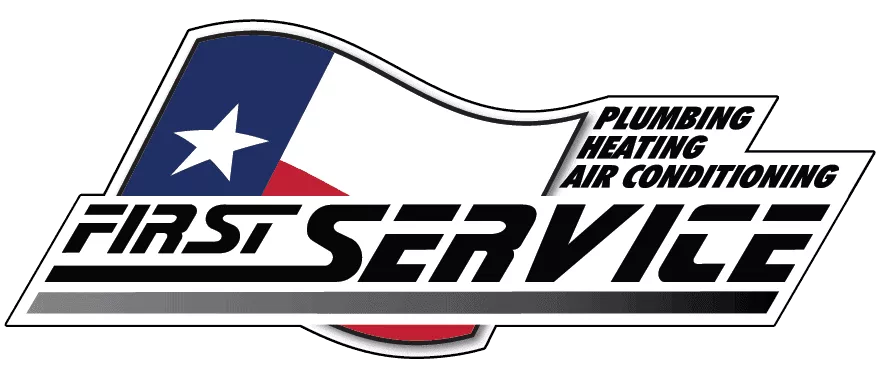HEATING REPLACEMENT
in Midland TX
Your heating system may have reached the end of its useful life. If you are ordering more and more repairs or notice your energy bill going up, these are common indicators that you may need to schedule a heating replacement. First Service Plumbing, Heating and Air Conditioning, was established in 1952, and serves West Texas communities, including Midland and Big Spring. First Service is an expert in heating replacement services. Call us today if you have a question or concern about your heating system.
Here are several signs your heating system may be need to be replaced:
- Outdated heating system. An old heating system may be plagued with issues, requiring constant maintenance and repairs that add up fast. The useful lifespan of a heating system is 15 to 20 years, but many homes have furnaces and heaters that are much older than that. If your heater has an old-fashioned pilot light, it may be older than 25 years. Check the sticker or identification plate on the inside panel of the equipment for the year the unit was manufactured.
- Increased energy costs. If you notice your monthly utility bill increasing, that is a red flag for a heating system that is becoming less efficient. An upgrade to a high-efficiency heating system may boost the energy efficiency up to nearly 99 percent, maintain a more consistent temperature and lower your utility bills.
- More and more repairs. Old age is rough on your heating system. As the number and frequency of repairs increases, it may make more financial sense to replace the old heating unit.
- Strange sounds. Does your heater bang, rattle or squeal? All of these noises indicate there is a problem that needs to be fixed.
- Inconsistent temperatures. If your heater cannot maintain a constant temperature, it may be malfunctioning and need to be replaced. Another sign is if you have to constantly manually change the thermostat to keep a desired air temperature.
- Yellow burner flame. The burner flame should be blue. If it burns yellow, weakly or flickers, the gas may not be burning fully and producing dangerous carbon monoxide. Take occupants out of the home or building and immediately call First Service.

